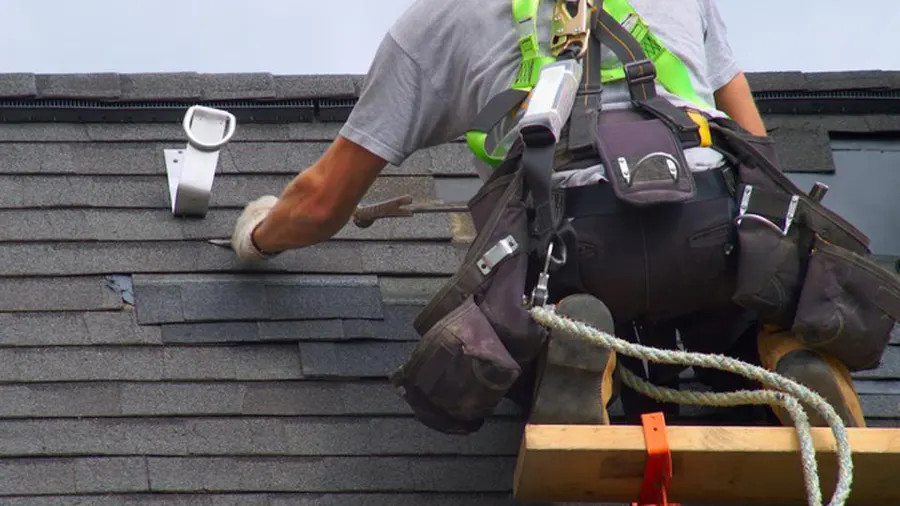Homeowners working with Edmonton roofers may find themselves baffled by roofing terminology. Roofs have many parts, and it’s a complex business! Even familiar words are used in unfamiliar ways.
Here’s a guide to roofing jargon approved by qualified roofers in Edmonton!
Roof Structure
Rafters and trusses provide a supporting frame for the roof, and a roofing company in Edmonton applies wooden decking to this.
Edmonton roofers apply underlayment over the deck to provide waterproofing.
Above this are the shingles (or metal, tiles, etc.). Shingles are made of asphalt (a petrochemical) and crushed rock granules to protect them and increase fire resistance.
A roofing company in Edmonton lays shingles in courses along a roof’s length. Vertical courses (racking) aren’t recommended. Roofers refer to the number of layers between the decking and the air as the coverage.
Roof Measurement
Sloped roofs have an incline (also known as a slope or pitch). The incline is the angle in degrees between the roof’s plane and Edmonton roofers also express this as a ratio (or percentage) of fall to run.
Fall is the vertical decline in millimeters over a one-meter horizontal run. Roofers often quote a roof’s area in squares: areas of 100 ft² (9.39 m²).
Roof Shapes
A roofing company in Edmonton will refer to the horizontal angle along the roof’s length where two sloping roof planes meet as the ridge. The roofing material applied over this is known as the ridge cap.
Where the end of the ridge meets a sidewall, a triangular piece of the wall called a gable is created. The edge of the roof at the gable is called the rake.
When two roof slopes from walls at right angles to each other meet, they create angled connections: roofers in Edmonton call those that stick out hips and ones that form a V-shape, valleys.
Roofers can use sheet metal called flashing to prevent water leakages along valleys or around chimneys, skylights, and exhaust vents.
Roofers in Edmonton call a sloped roof’s lower edge the drip edge. It feeds water into the eavestroughs (sometimes called gutters) attached to vertical boards along the eaves, which roofers in Edmonton call the fascia. Eavestroughs feed water to the downspouts.
The overhang is known as the eaves, with a decorative underside (the soffit, a common location for intake vents).
Common Roofing Problems
Algae discoloration (which Edmonton roofers sometimes call fungus growth) is black streaking caused by blue-green algae. An Edmonton roofing company will call distortion of the roof underlayment buckling; bubbles on asphalt shingles are called blisters.
Snow melt on a warm roof refreezes at the eaves, causing an ice dam in the eavestroughs, potentially being forced under the shingles.
Now You’re Talking!
It’s always nice to be able to talk terms with your Edmonton roofing company – you can surprise your contractor by offering an independent assessment! On a practical note, knowing these terms will help you understand what’s wrong with your roof and why it needs fixing.

